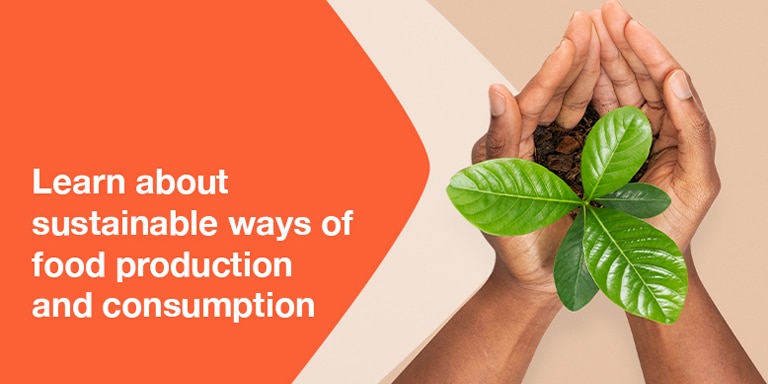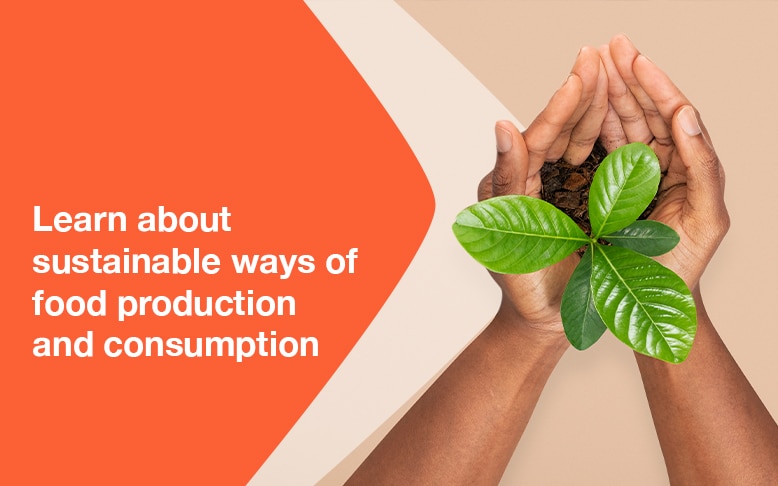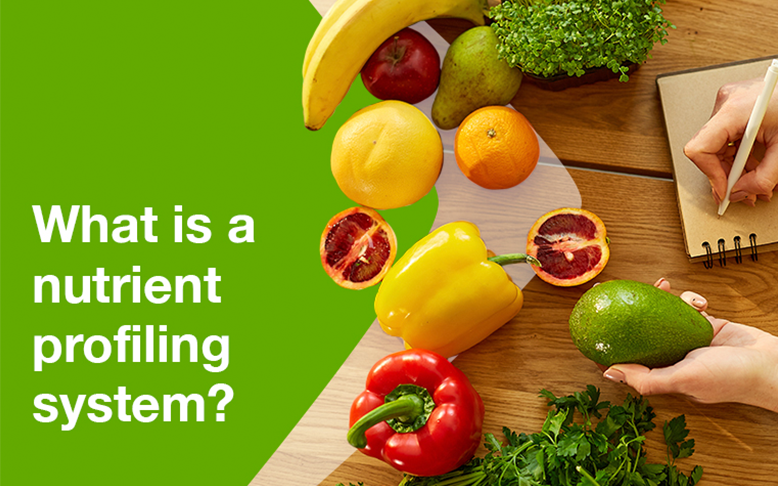Unsustainable Food Consumption and Production: A Threat to the Planet and Public Health

Food production and consumption are vital in the global economy. However, unsustainable patterns of consumption and production are linked to the triple planetary crises: climate change, pollution, and biodiversity loss.1 One of the 17 Sustainable Development Goals (SDGs) calls for sustainable production and consumption practices to generate wealth and ensure food security. The SDG 12 is rooted in ensuring adequate food for the population but has a lower negative impact on the environment. Additionally, SDG 2 (Zero Hunger) warrants a shift to sustainable food productions to alleviate hunger and ensure food security.
Global data shows that too much food is being lost or wasted throughout the food systems from harvesting up to retail and consumption. High levels of food losses and wastes across the food system does not equate to adequate food production and sufficient supply for the population. Hunger and food insecurity have been a persistent problem among low- and middle-income countries, particularly in Sub-Saharan Africa, South Asia, and Asia Pacific regions. Along with the multitude threats of hunger and food insecurity, malnutrition has been considered a public health concern in these regions. Hence, there is a need to augment this concern by producing adequate and nutrient-dense foods through sustainable, balanced, and varied diets.
Impact of Sustainable Food Consumption and Production
Sustainability is a prerequisite for long-term food security, which also covers environmental sustainability and biodiversity preservation.2 Sustainable food production and consumption can:
- Limit the adverse impact of human activities to the environment.
- Minimize the contribution of food systems to climate change.
- Protect and respect biodiversity.
- Contribute to employment and poverty alleviation1, food and nutrition security, and community collaboration.
Achieving Food Sustainability
Food sustainability can be improved at macro and micro-levels as a shared responsibility of the government, food producers, and the consumers.
At the macro-level, the government should craft regulatory frameworks or policies on sustainable food production and consumption practices including the monitoring and evaluation. In response, food producers should invest in sustainable food production practices adhering to the environmental policies and orders.
At the micro-level, responsible consumers are expected to adopt sustainable food consumption practices.
Sustainable Food Production Practices

Some actions for food producers to make production more sustainable are the following:
- Farms and fisheries, the predominant primary food producers in the food industry, should adopt processes and technologies that have less impact on the environment through optimizing the use of land and water resources.
- Appropriate use of fertilizers and pesticides in farms can minimize the impact of food production in soil, air, and water quality.
- To ensure sustainable supply of marine products, protecting the aquatic resources is essential. This can be done through sustainable fishing practices that safeguard fishing activity level at optimal level without harming the biodiversity of marine resources.
- Food manufacturers should prioritize local ingredients and raw materials.
- Food manufacturers and processors should use technologies that can extend shelf life of products using functional packaging materials to reduce spoilage and waste of perishable goods.3
- Food industries should aim to invest in sustainable packaging materials that are environmentally efficient and encourage recycling. Government can also help by increasing access to sustainable packaging materials.
Sustainable Food Consumption Practices

Moving towards sustainable consumption patterns means a shift to eco-friendly and healthier lifestyles. Here are some of the things that consumers can do:
- Include more plant-source foods in the diet. Read more on plant-based diets here.
- Patronize products that are manufactured through an environment-friendly process.
- Choose brands based on the packaging materials. These are identified by the different seals.
- Support “Zero Food Waste” policies and guidelines.
- Be a proactive supporter of food recycling by carefully planning weekly meals for the household utilizing leftovers.
- Be engaged in proper garbage disposal management and recycling to minimize domestic waste.
- Households can have their own edible gardens to have a sustainable supply of fresh fruits and vegetables. Urban and vertical gardening can be done in highly urbanized cities while home and community gardens can be adapted in rural communities.
- Raising small livestock can also improve food sustainability at the household level.
Conclusion
The principles of food and nutrition security are always linked with food sustainability. Hence, we need to ensure sustainable food production and consumption to contribute to the eradication of hunger, food insecurity, and malnutrition. We only have one planet that provides our basic needs. Thus, it is our shared responsibility to protect and make this planet more habitable and sustainable for future generations.
Message to RNDs
As registered nutritionist-dietitians (RNDs), you are expected to be at the forefront of activities that promote sustainable food production and consumption at the macro- and microlevel. Aside from your participation in different programs, you must take the lead in being responsible consumers and producers. Your expertise in the field of nutrition and dietetics will be of great help in the realization of the 2nd and 12th SDGs.
Pro Tip
Let us minimize our carbon footprints to make this planet healthier and more sustainable for the next generation and beyond.


 Kim Leonard Dela Luna , RND, PhD
Kim Leonard Dela Luna , RND, PhD
















No comments here yet.